The gestation of the Rover P6 is fascinating. At one point in the 50’s and early 60’s, Rover was convinced the powertrain of the future was the gas turbine. Rover was involved in the prototyping and production of the world’s first jet engines in 1939-40 and by the end of 1945 was working on the first use of a gas turbine engine in an automobile (I’ll bet a lot of you thought Chrysler was first!). By 1950, their first car, “JET 1” was prototyped and they were well on the way to producing a production vehicle. The P6 was supposed to be the production home for that gas turbine. This one, however, is powered by the ubiquitous 3500 V8 and is for sale here on eBay with a buy it now price of $7200.
Gordon Bashford sketch courtesy of aroline.co.uk
Drawing courtesy of Rover Club of the Netherlands
The planned usage of the gas turbine drivetrain led to some interesting design choices for the T4/P6 front suspension. As you can see from this original design sketch and the corresponding diagram, the geometry is unique to provide as much room as possible under the hood, with the front springs compressing against the firewall. The rear geometry was fairly sophisticated as well utilizing a DeDion axle.
Due to the same issues that sidelined the Chrysler turbine cars, such as heat, fuel economy and other design issues, Rover eventually decided to produce the P6 with conventional internal combustion engines, both four- cylinder and the aluminum-block V8 whose tooling and design were purchased from GM. This particular 3500S has that V8 connected to a Borg Warner automatic transmission, and the three unusual hood scoops that went along with the engine. Although a little tired around the edges, this 3500 still looks remarkably original, and the clean lines still look nice today.
The ad states that some work has gone on under hood, and the air conditioning is a nice feature although its condition is unknown. It certainly seems to run smoothly and has a nice burble in the video the seller has included.
Rover always delivered luxurious but restrained interiors, and this one is no exception, although the black, brown and blue color scheme on this example may not resonate with everyone. Based on a pictured decal, it left the factory in Mexico Brown. I suspect that the seats have been recovered given their excellent condition and the claimed 157k miles.
One of the other unique features of the Rover is the small silver box fitted to the grille. This is the “Icealert” system that warns drivers that conditions could be icy…was this the first attempt to do this in a car?
So we have a quirky British sedan, powered by an Anglo-American V8, with complex suspension designed for a powertrain it never received. Have you got room in your garage for this interesting combination?
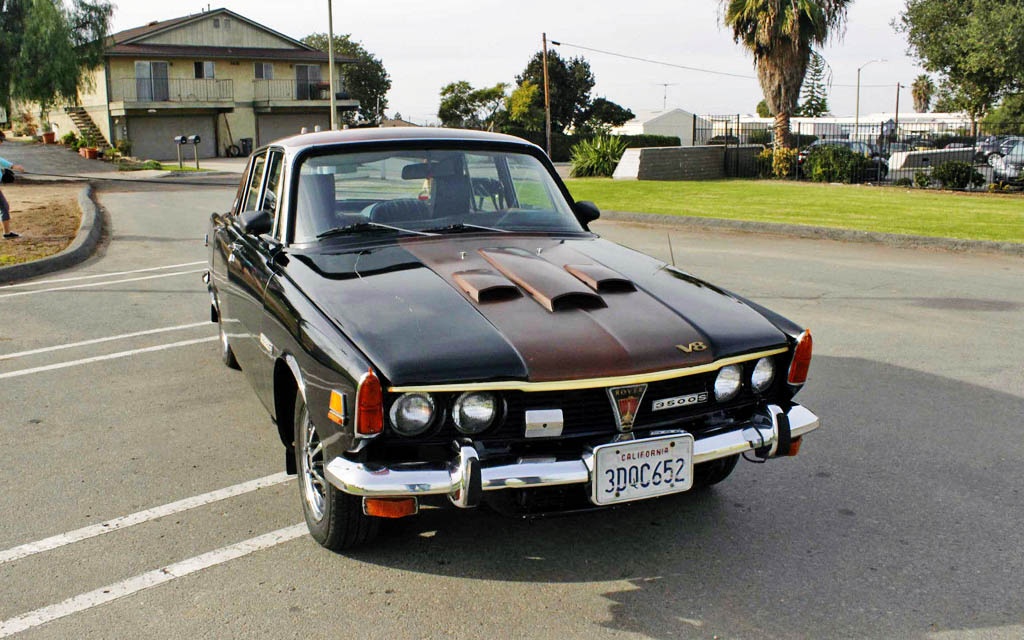
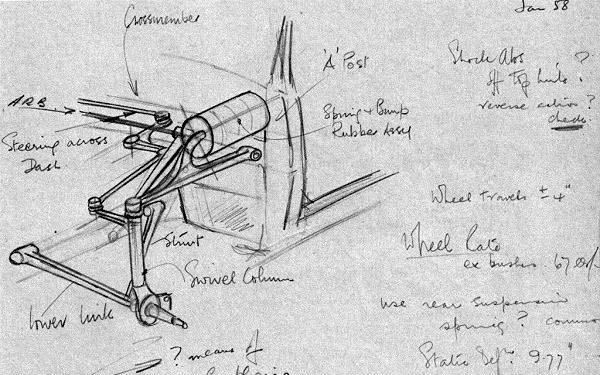
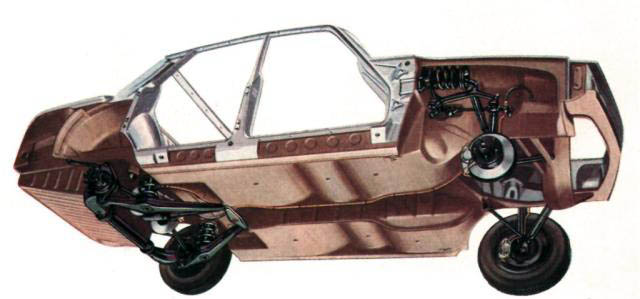
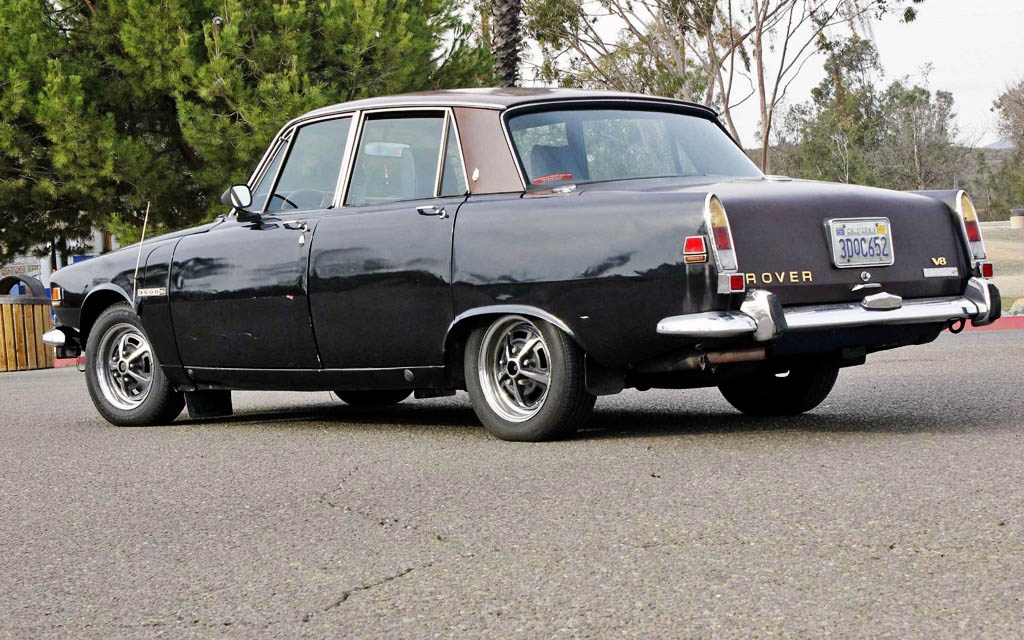

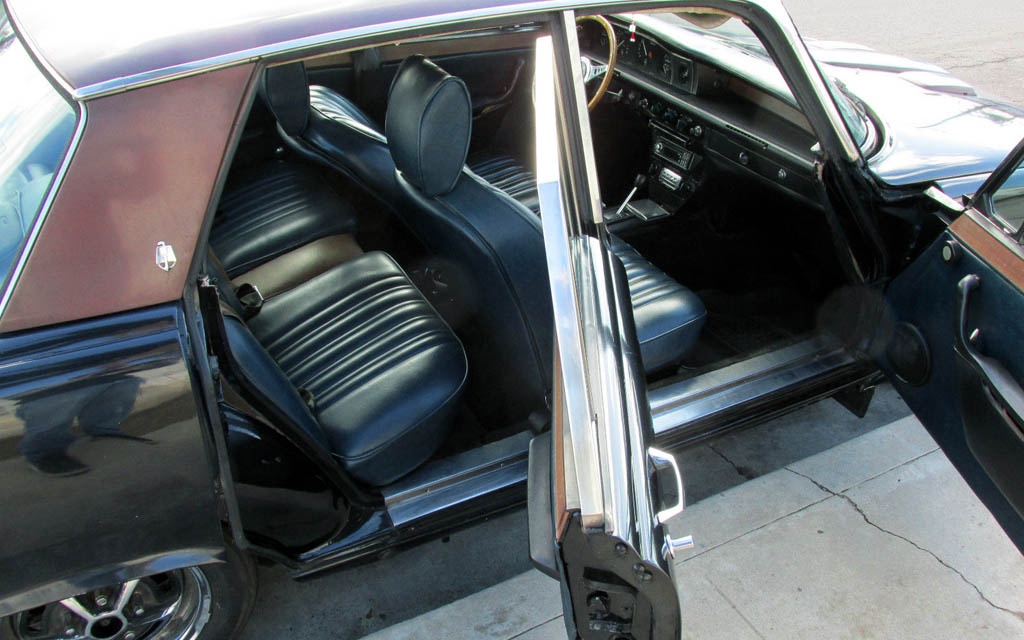
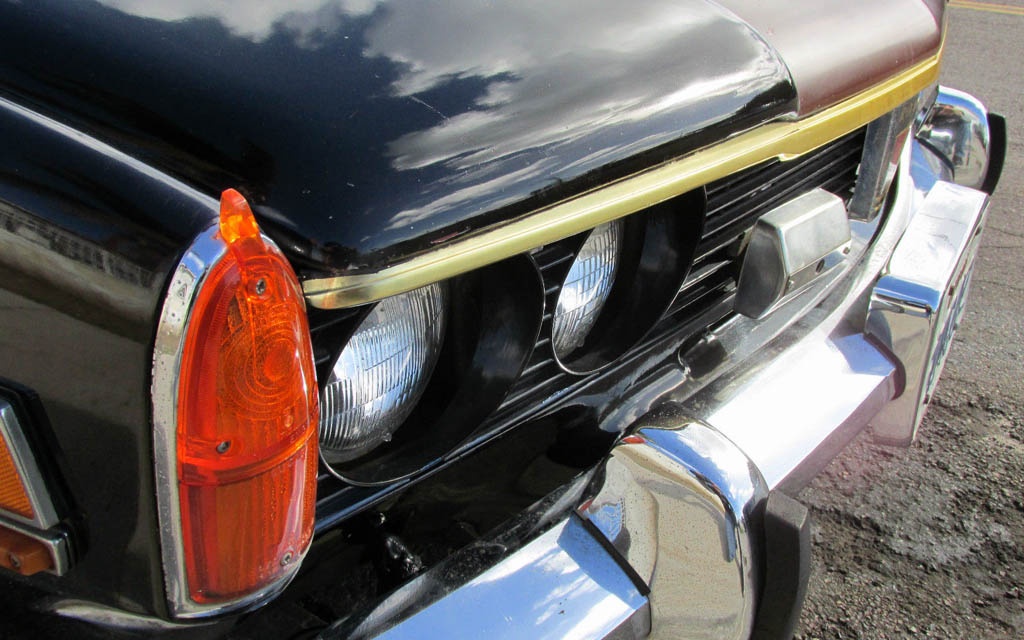


These Rovers were originally the 2000 then the TC2000 (twin carb) then lastly the 3500. Labor issues at the time saw that the build quality was poor. However if one exists today it has probably had the assembly issues ironed out. IMHO. My brother had a TC2000 which I drove (much to his chagrin). It rode and handled very well. One “unique” feature oddly enough was the headrests. They would adjust fore and aft so as to hold your head up to provide, well sleep really.
Cool little car, but my images of seeing this little jewel in my garage were abruptly shattered by reading that the V8 was coupled to an automatic transmission… Oh well…
Apparently, all the 3500S’s that came to the US were automatics. I know I’ve seen many P6 2000’s with manuals in the US.
One of these days, I want one of the 1980 SD1 3500’s with a 5-speed. Yes, I’m crazy, but I’ve always loved the mixture of (semi) practicality with TR8 performance.
If you do go SD1, make sure it’s an ex police car…
http://retrorides.proboards.com/thread/131089/1986-rover-sd1-3500se-police?page=8
The 3500 had too much gingerbread stuck all over it, especially the US version. And while those hood scoops may be necessary, they ruin the lines. The 2000 was better looking and more sensible. Some interesting engineering, though.
“Grr”
I agree that the extra external trim features do spoil the lines of the car. I don’t think the triple vents on the hood do anything practical – as the non-NA market cars didn’t need them?
I’ve always thought that it’s odd that these cars haven’t really caught on as popular classics. Back in the UK you can still pick these up for pin money. They really were extremely advanced cars when first launched in 1963. The ride quality and safety features were well ahead of their time. Contemporary road tests in the US automotive magazines were full of praise for the original cars.
For anyone interested in finding out a little more about the P6 (or most other post-war British cars) there is a fantastic reference site at http://www.aronline.co.uk/
Someone once asked me if the Lancia Flaminia PF in my garage was a Rover. That always struck me as odd. Now I can see the striking similarity from the back of the one shown here. Even the side profile is similar.
To the most people, I think, this car has only become popular with age.
I have seen lots of these cars here in California over the last 30 years, but most of them just sitting.
I know where there is a 2000 sitting, not more than a mile away from me.
But, that is one more thing I will not start anytime soon, I got too much on my plate already.
Looks like a nicely cared for California car, but that “two-tone paint job with a sporty race car look” would have to go.
If I owned this I would be sorely tempted to buy something small and good handling to put the engine in. I once saw a Series II MG Midget with an aluminum 3.5 V8 compete in an autocross and it was one of the most impressive sounding and performing small cars I have ever seen.
Those aluminum V8s were a wonderful little engine. I had one in a 61 Buick Special. A wonderful engine that has more than enough power to pull a smaller car around. Compared to my Tempest with the 4, it truly was a banker’s hot rod.
Nobody should be afraid to own this car because of the engine. Parts are readily available from the various jobber stores.
I have always liked these Rovers. Too bad my garage is full.
The reason Rover P6s have never caught on even as classics in the U.S. is that the 2000 and 2000TC raised Americans’ hopes and then dashed them cruelly with an infuriating level of unreliability. With these cars, Rover forever smashed its well-earned image in the U.S. as a quality British car an owner could count on. A terrific shame, as the excellent ad campaign and sheer brilliance of the design caused great excitement amongst foreign car buffs, and the new compact Rover seemed a worthy British competitor to an ascendant BMW and an already-established Mercedes. It was a heady moment, when people could choose from a Mercedes, a BMW 1800, an Alfa Giulia Super, a Lancia Flavia, the Rover, and more: the sports sedan era had begun. The problem today is that almost anyone who remembers the exciting introduction and the following harsh disappointment in the U.S. doesn’t want to go near one of these Rovers as a restoration project or even a driver. My dad’s best friend bought one. He was thrilled when he bought it. Within two years he hated it. After it left him stranded for the umpteenth time he got rid of it, bought a Buick, and never looked back, except to joke sarcastically at its expense. I still like to look at the P6, though, and the design remains brilliant, inside and out.
Not only were Rover the first to build a gas turbine car, but they ran them at the Le Mans 24 Hours in 1963 and 1965. In 1963 the Rover was entered ‘out of competition’ as an experimental model, but in 1965 the car finished tenth overall.
My dad’s friend had a blue one of these when I was a kid, which I loved. It had the spare wheel mounted on the boot. Interesting to see the differences between your US spec and our English spec, including all-amber indicator/sidelights, three bonnet vents and the side amber and red running lights which ours did not have.
There was also a conversion that was carried out, usually a while after being bought, to make the saloon into an estate; these were fairly rare.
Some nice pictures on:
http://www.simoncars.co.uk/rover/roverp6.html
If you want to see more Rover P6s, visit my website http://www.RoverP6.info
So you’ve got those springs up there horizontally mounted, so front impacts just bounce away?